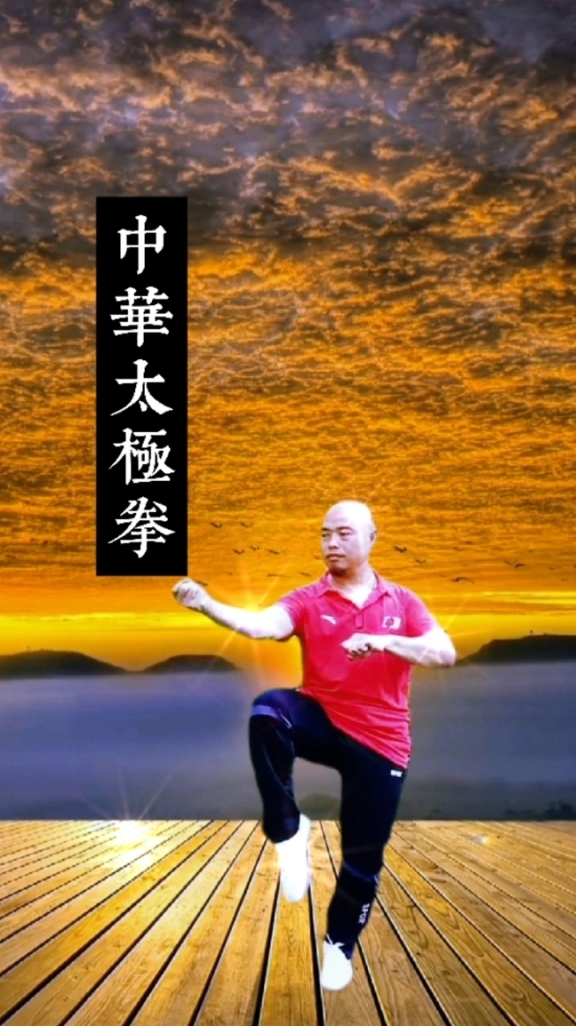The 24 Tai Chi forms, as a model routine of Tai Chi, bring together many of the essence of Tai Chi movements. It not only helps to enhance physical fitness, but is also a martial arts art that contains ancient Chinese philosophical thoughts.
Historical origins
Tai Chi has a long history and is rooted in my country's traditional martial arts. In ancient times, martial artists gradually gave birth to the prototype of Tai Chi in the process of pursuing health preservation and offensive and defensive skills. After being passed down from generation to generation and constantly evolving, Tai Chi has gradually developed and improved, forming the current 24-style routine. This 24-style routine combines various elements such as offense, defense, movement and static, demonstrating the wisdom of the ancients. In real life, many elderly people have improved their physical condition after practicing Tai Chi, which fully proves the efficacy of Tai Chi.
The 24 styles of Tai Chi are designed to make it easy for more people to learn. It brings together the essence movements of various schools of Tai Chi, and after careful compilation, it plays a very important role in the popularization of Tai Chi.
basic movements
The starting position of the 24 Tai Chi postures is the initial movement. It seems simple on the surface, but in fact it is crucial. You need to relax your body and mind, let your energy sink into your Dantian, and keep your feet shoulder-width apart. Every action must follow the principle of flexibility and coherence. Take the wild horse's parted mane as an example , Parkinson Tai Chi . The arms swing apart like the wild horse's mane, coordinated with the body's rotation, and the fusion of strength and speed is very subtle. Mastering these basic movements proficiently is the foundation for practicing Tai Chi well. If there is a lack of understanding of the most basic concepts, it will be difficult for subsequent actions to achieve a state of both form and spirit. Practitioners must pay full attention to the ups and downs of each movement.
health significance
The 24 postures of Tai Chi are of great benefit to health. It emphasizes the balance between movement and stillness. When exercising, the functions of all parts of the body are activated. For example, when practicing cloud hands, the waving of the arms and the shift of the body's center of gravity can effectively exercise muscle flexibility and coordination. In addition, Tai Chi can regulate breathing and use deep, long and slow breathing methods to help enhance lung function. Many practitioners will improve their mental state after long-term persistence. Health preservation is not only about physical health, but also about mental peace. Tai Chi allows practitioners to calm their minds during practice and stay away from the hustle and bustle of the world.
In modern society, this is especially important. Life is fast-paced and stressful has become a common phenomenon. Tai Chi Courses Online , which provides people with a way to relax their body and mind.

Learning difficulties
Learning the 24 Tai Chi styles is not easy. First of all, it requires high coordination of the body. Take the humerus rollback as an example. While the steps are retreating, the arms need to make corresponding movements. If there is a slight difference, there will be a disconnect. Beginners are often in a hurry. In addition, it is quite difficult to understand the strength of Tai Chi. The strength of Tai Chi emphasizes the combination of hardness and softness, not just force. This requires long-term practice and detailed understanding of each movement to master.
Do you also want to try the 24 postures of Tai Chi? If you have any ideas, please leave a message in the comment area. At the same time, I look forward to your likes and article sharing.



Leave a Reply